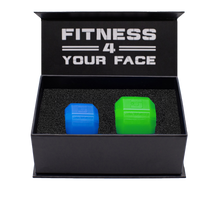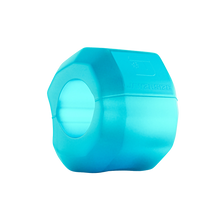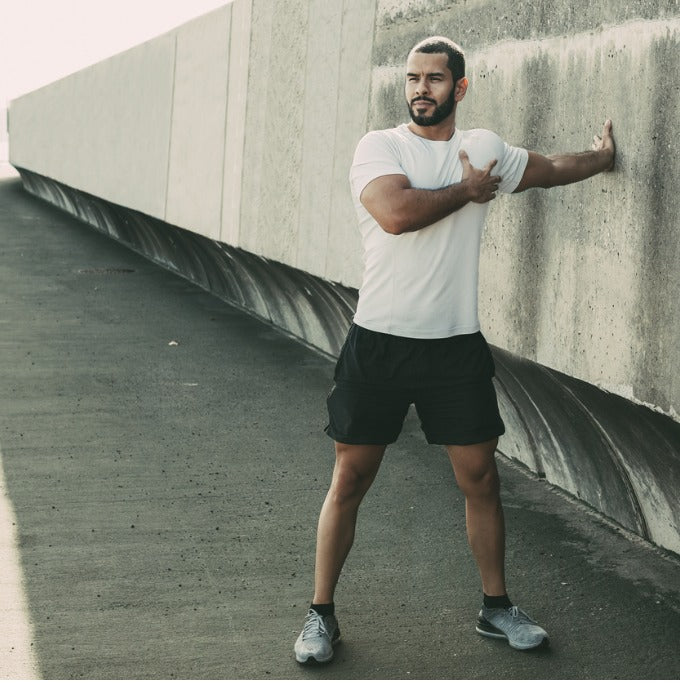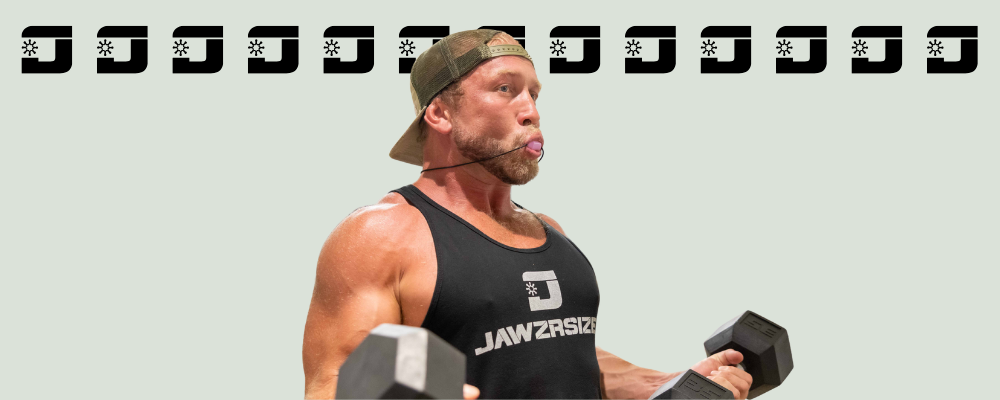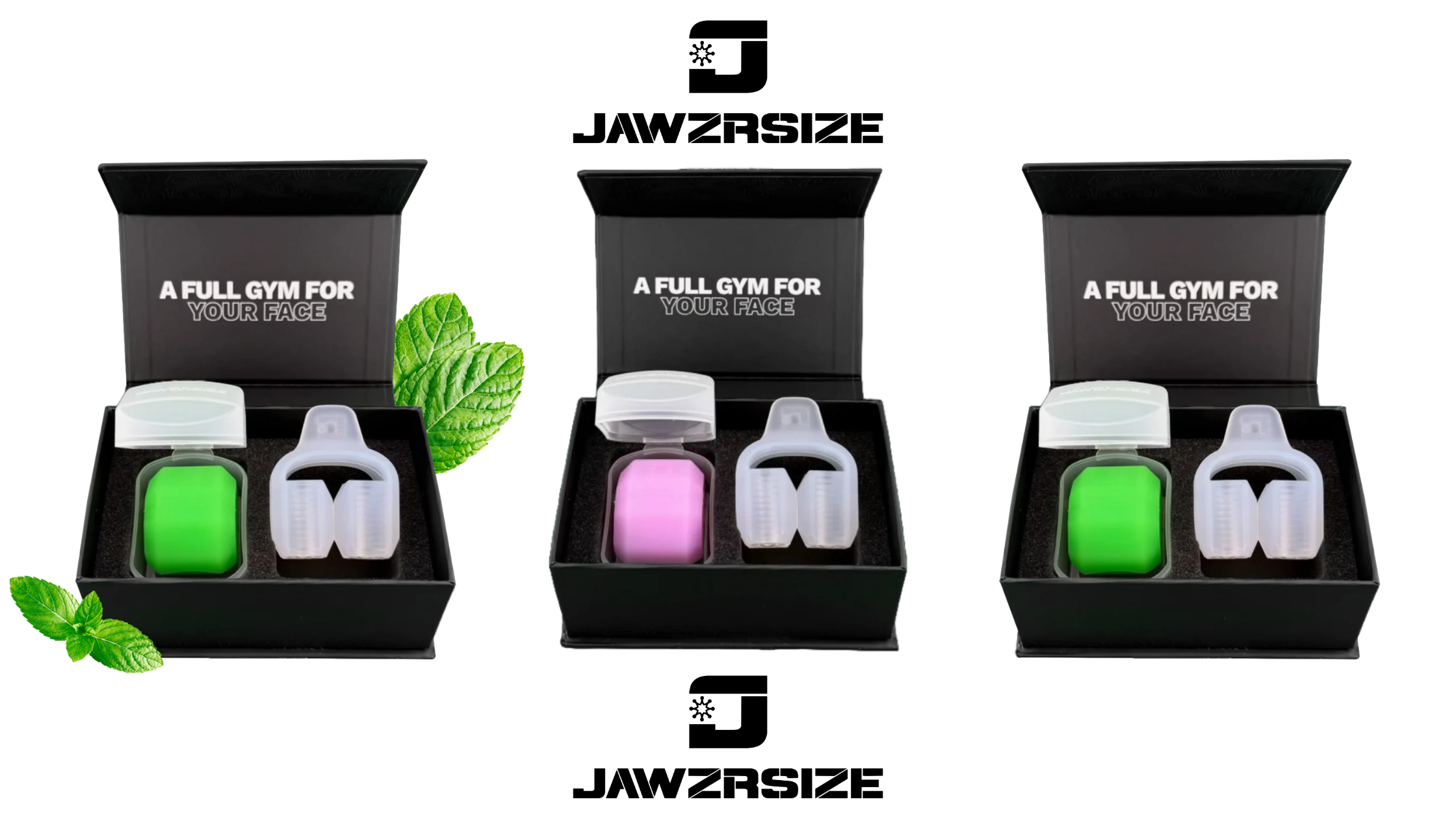The human body has hundreds of muscles that work together to ensure proper functioning and mobility. This may make you wonder just how many of those muscles reside in your face and neck.
You may be surprised to hear that each region has dozens of muscles that each serve a different role. Interestingly, there are multiple muscles dedicated to making you smile and frown.
In this guide, we’ll cover how many muscles are in the neck and face, what they are and their functions.
How many muscles are in your face?
Also known as the craniofacial muscles, face muscles lie underneath the skin of the face and stretch across the skull. Humans have a total of 42 individual facial muscles, with many of them actively working to form expressions. Of all the facial muscles, 20 of them are considered flat skeletal muscles.
Every facial muscle belongs to a different category. These are the oral group, nasal group, orbital group, auricular group (external ear) and the cranium muscles.
Much like in the rest of your body, the muscles in your face also need a workout to remain in their best shape. Face Yoga techniques may be able to improve skin texture, delay the natural aging process, and even alter the shape of the face. Stronger muscles mean better elasticity, and a regular exercise routine could do wonders for all 42 of them.
The muscles of the face and their functions
Each muscle in your face serves a specific purpose and works alongside other muscles to allow your face to move. The functions of the main muscles in your face are:
- Orbicularis oris: This muscle surrounds your mouth and makes up most of your lips. The orbicularis oris has two parts and helps move the lips.
- Buccinator muscle: The buccinator muscle consists of three parts. It works to compress your cheeks against your molars to avoid your biting yourself while chewing.
- Levator labii superioris alaeque nasi muscle: This muscle is on both sides of your nose. It helps elevate your upper lip and turn it outward.
- Mentalis: Found in your chin, the mentalis depresses your lower lip and turns it outward. This muscle helps shape the lips for drinking and conveying emotions such as sadness.
- Risorius: Considered the smiling muscle, its primary function is to pull the corners of your mouth upward to form a smile.
- Levator anguli oris: This slender muscle also contributes to producing a smile.
- Depressor anguli oris: This muscle pulls the corners of your mouth downward to express sadness and anger. It also aids in opening your mouth.
- Nasalis: The nasalis muscle compresses and opens your nostrils when deep breathing. It’s also used when expressing anger.
- Procerus muscle: The procerus is located between your eyebrows, and it pulls your eyebrows downwards. As a result, wrinkles form above the nose to convey anger or sorrow.
- Orbicularis oculi: This muscle pulls the skin of your forehead and cheeks toward the nose. It also helps with the closing of your eyes. Corrugator supercilii: This muscle works to pull your eyebrows together to produce an angry expression.
- Occipitofrontalis muscle: This is a wide muscle that sits on your scalp. It consists of two parts that pull the scalp forward when frowning. It also retracts the scalp.
- Auricular muscles: These muscles create movement in the ears when smiling, talking or yawning.
How many muscles are in the neck?
The neck muscles are responsible for the movement of the head, neck and shoulders. In total, there are 26 muscles in the neck. They are categorized into either anterior, lateral or posterior groups. The grouping is determined by the position of the muscle on the neck.
The muscles of the neck work with other important structures that go from the chest to the head. Many important blood vessels and nerves can be found along this region.
A strong neck helps with balance and movement, especially during workouts. When out of use, neck muscles may also become weak, and as a result, the spine may face additional stress. If you experience pain and discomfort in your neck, you may be relieved to learn that a regime of neck, shoulder and back exercises could provide you with some relief.
The muscles of the neck and their functions
Each muscle in your neck plays a different role but works alongside other muscles for proper functioning. Here are some of the main neck muscles and what they do:
- Sternocleidomastoid: This muscle helps your head turn in both directions. It also works to bring your head towards your chest.
- Platysma: This muscle is mostly found in your neck but can assist other facial muscles. It helps pull the corners of your mouth down to form expressions.
- Digastric: The digastric is a small muscle that closes the epiglottis to prevent you from inhaling food when swallowing.
- Mylohyoid: The mylohyoid elevates the hyoid bone and the floor of your mouth. It also helps to open your mouth.
- Geniohyoid: The geniohyoid is a short muscle that assists in voice production. It, like the mylohyoid, aids in opening your mouth.
- Stylohyoid: This thin muscle retracts your tongue and pushes food toward the soft palate.
- Scalene muscles: The function of the scalene muscles is primarily to help you inhale. They also help with flexion at the neck.
- Trapezius: This large, flat muscle assists in rotating your head back and forth. It also stabilizes and moves your shoulder blades.
- The splenius muscles: One of the functions of the splenius muscles is extending your head. These muscles also help with sideways movements and rotating your head.
- Rectus capitis posterior major: This muscle helps you maintain posture and move your head sideways.
- Rectus capitis posterior minor: This muscle works to extend and rotate your head. Just like the rectus capitis posterior major, it also assists in maintaining your posture.
- Interspinales cervicis muscles: The interspinales cervicis muscles aid in the extension of your neck.
A final note on face and neck muscles
Your face and neck contain around 68 muscles. Many of them have similar functions, but they all work together to help you live well.
It’s not until something goes wrong that we stop to think about these essential muscles, but it’s crucial that we’re aware of the delicate balance of our facial and neck functions in order to prevent damage through neglect.

